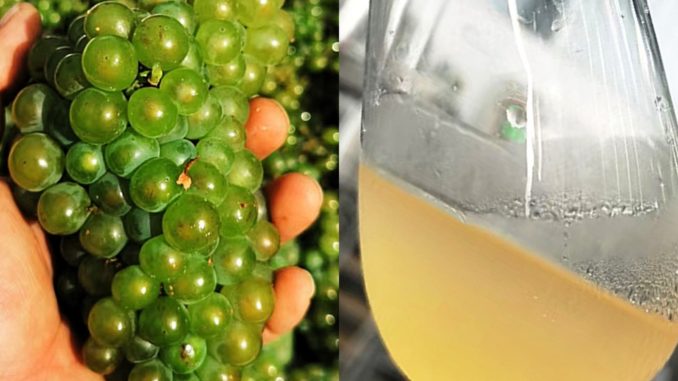
Tea and wine. Two beverages involving complex tastes, terroirs and histories. One with a long enduring story in China and the other now emerging.
It makes perfect sense that some winemakers might pair the two. And Jianjun ‘Johnny’ Liu of Lingering Clouds in Ningxia ranks among them. Liu made a trio of pet-nat Chardonnays — jasmine, oolong and Longjing– last year.
Liu is taking things up a couple of notches this vintage by adding two more tea infusions: White Peony and a blend of red leaves from Anhui, Guangzhou and Yunnan, both in tandem with Chardonnay.
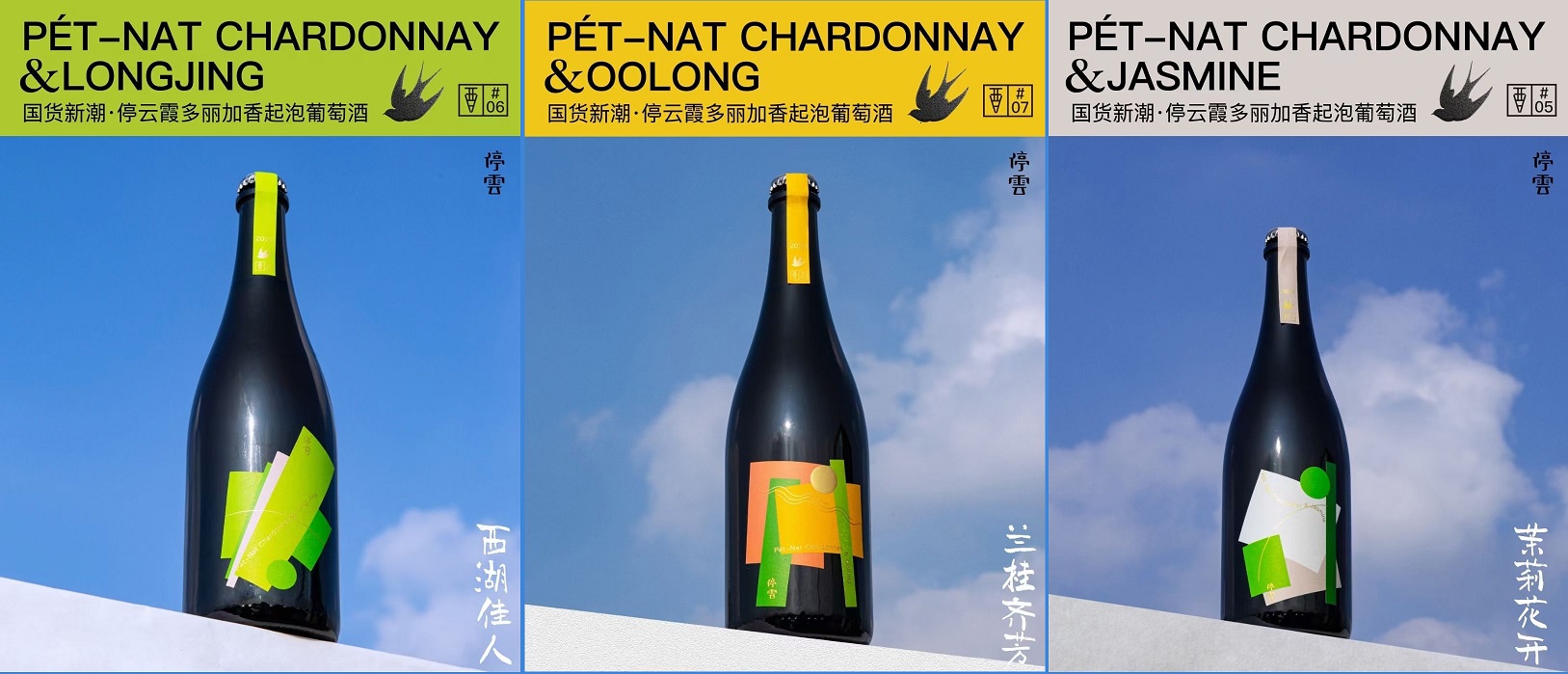
Liu has made wine in Ningxia for over a decade and released his first two commercial pet-nats in 2021, a Riesling and a Muscat, the latter ably capturing the grape’s floral character.
He also made two ‘natural’ wines that year, a Pinot Noir with pure red berry flavor and a delicate Viognier with plenty of stone fruit. This was in addition to more the typical red wines and blends, including the Red Beard, Moby Dick and Blue Iguana labels, he started making in his earlier days.
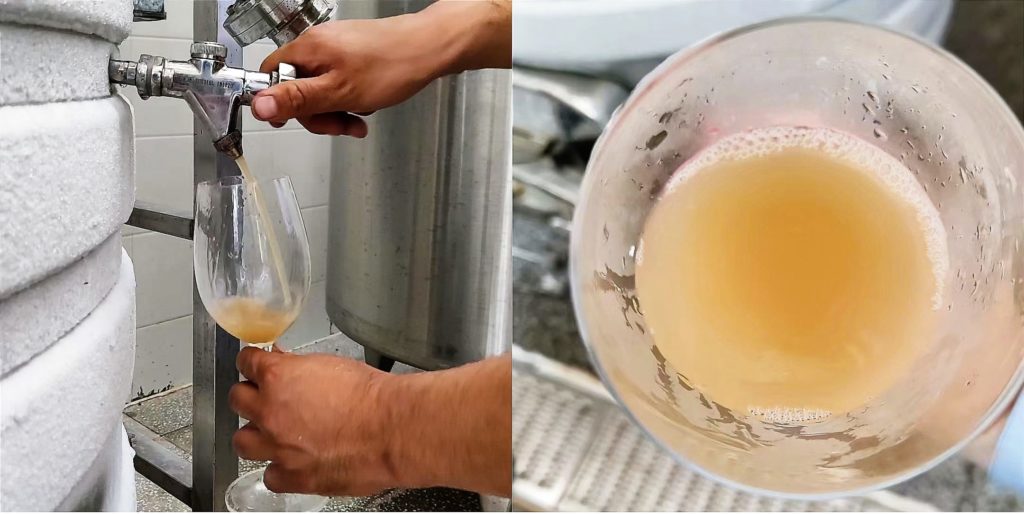
For the infused wines, Liu puts sachets of tea into cold fermentation tanks with the Chardonnay, and then does daily taste tests until he gets the desired result. This took about a month last year.
While each of the three 2022 Chardonnays was distinct, Liu learned plenty of lessons from that first foray and says he will get even more tea typicity this vintage.
(He is also busy working on other wines this year, from Pinot Noir to Riesling to Petit Manseng.)
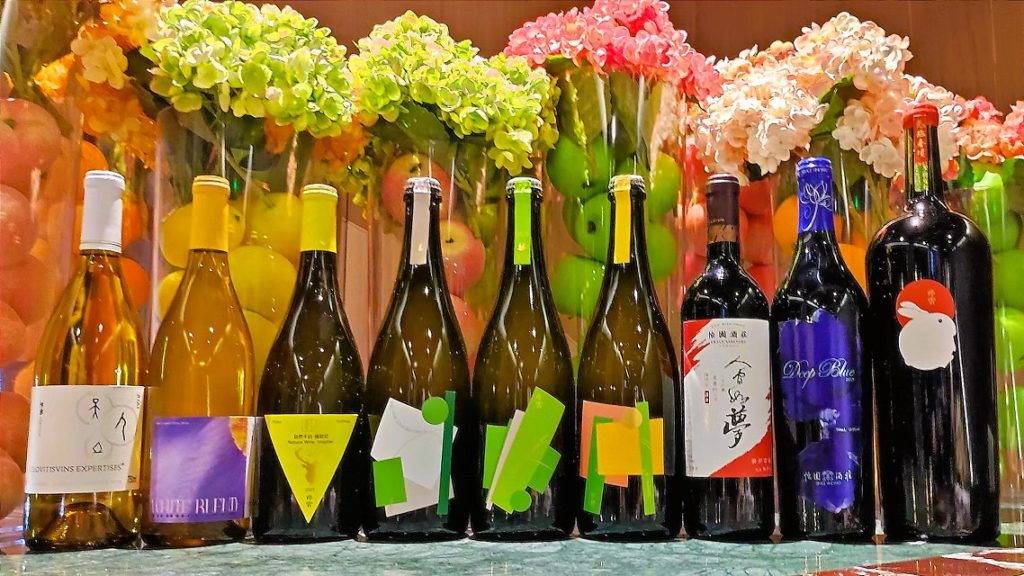
I tasted each of the three 2022 Chardonnays over a half-dozen times, including at a dinner I organized at Peach (TRB Group) restaurant in Beijing’s Houhai lakes district in early 2023. A few quick notes:
- Longjing is also known as ‘Dragon Well’ and named for the town in Hangzhou most associated with this green tea. This Chardonnay was lively, with creamy bubbles, and lightest of the three infusions we tasted. It had grassy green tea character with touches of orchard fruit — think nectarines — and citrus peel.
- Ooling is partially oxidized and made for a milder, heavier and more fragrant wine. This one had ripe apple character and touches of biscuit and malt at the finish. This seemed to be the general favorite at the dinner.
- The Jasmine pet-nat lived up to its namesake tea in terms of aroma, with a distinct rich scent. It fell between the Longjing and oolong in terms of style, with some of the former’s liveliness and latter’s body.
Overall, these made for a fun tasting, with the foam lasting for an impressively long time after pouring.
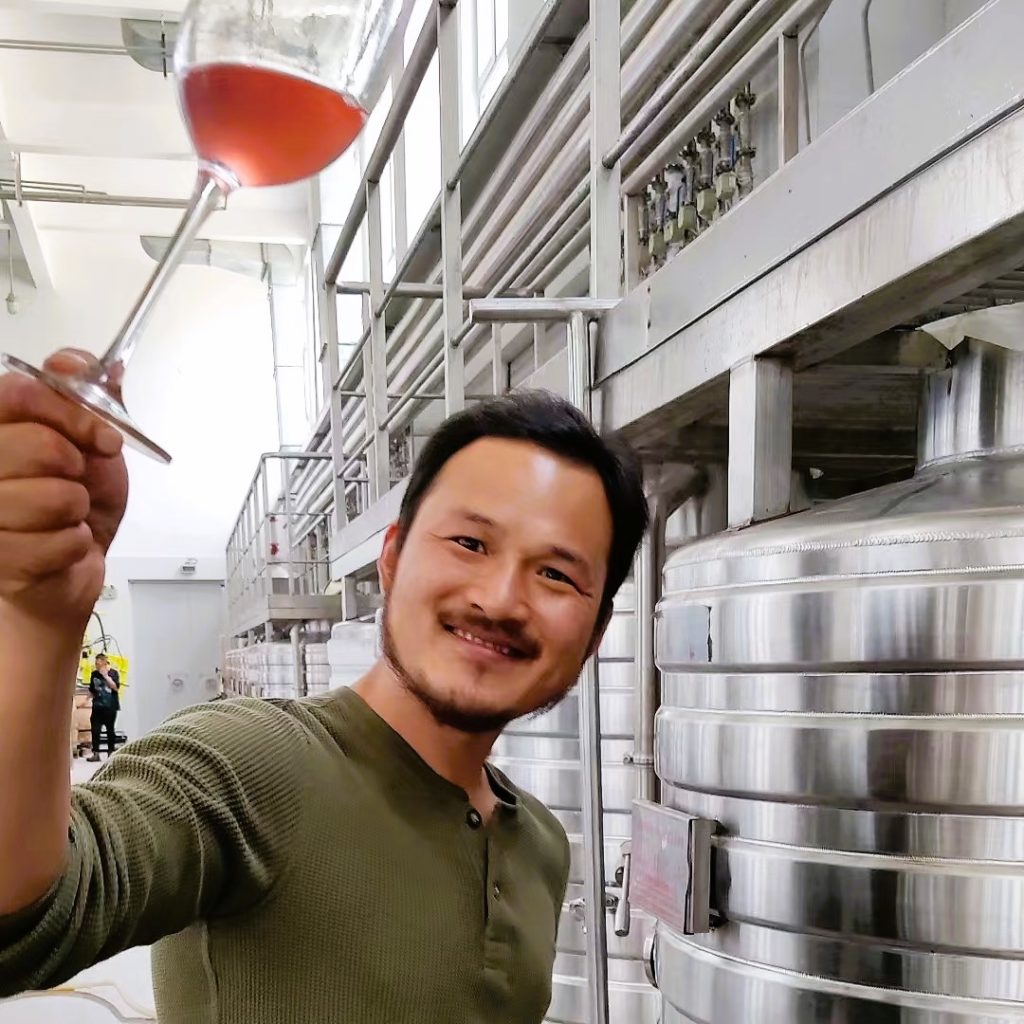
Liu himself ranks among the rising number of “winemakers without wineries”, who source grapes and rent equipment and create brands for both the general trade and their individual followings.
He also symbolized for me the challenges of the wine trade during the COVID crisis, as wineries struggled to get workers, equipment and supplies such as bottles, dealt with regulations, regular testing and, in some cases, quarantine, and faced a tough consumer market. (Liu ended up quarantined at his winery for nearly a month during fermentation last year.)
Thankfully, life is much smoother this vintage and Liu can focus his energy of making wine, including the tea-infused Cha-rdonnary — “Cha” is the pronunciation of tea in Mandarin. I’m looking forward to trying this new series of pet-nats, which should have appeal for those interested in tea, sparkling wine, or both, and serve as a fun addition to occasions like brunch or afternoon tea.
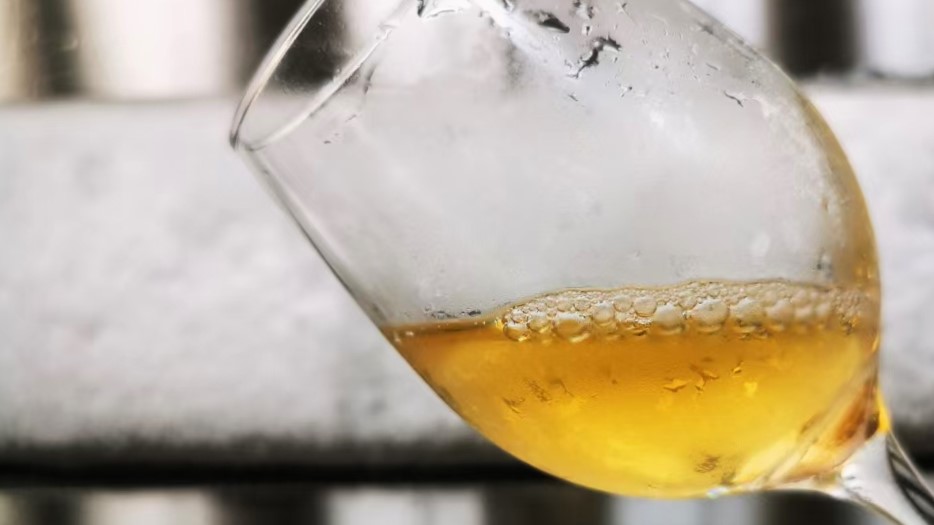
Sign up for the Grape Wall newsletter here. Follow Grape Wall on LinkedIn, Instagram, Facebook and Twitter. And see my sibling sites World Marselan Day, World Baijiu Day and Beijing Boyce. Grape Wall has no advertisers, so if you find the content useful, please help cover the costs via PayPal, WeChat or Alipay. Contact Grape Wall via grapewallofchina (at) gmail.com.
Leave a Reply
You must be logged in to post a comment.